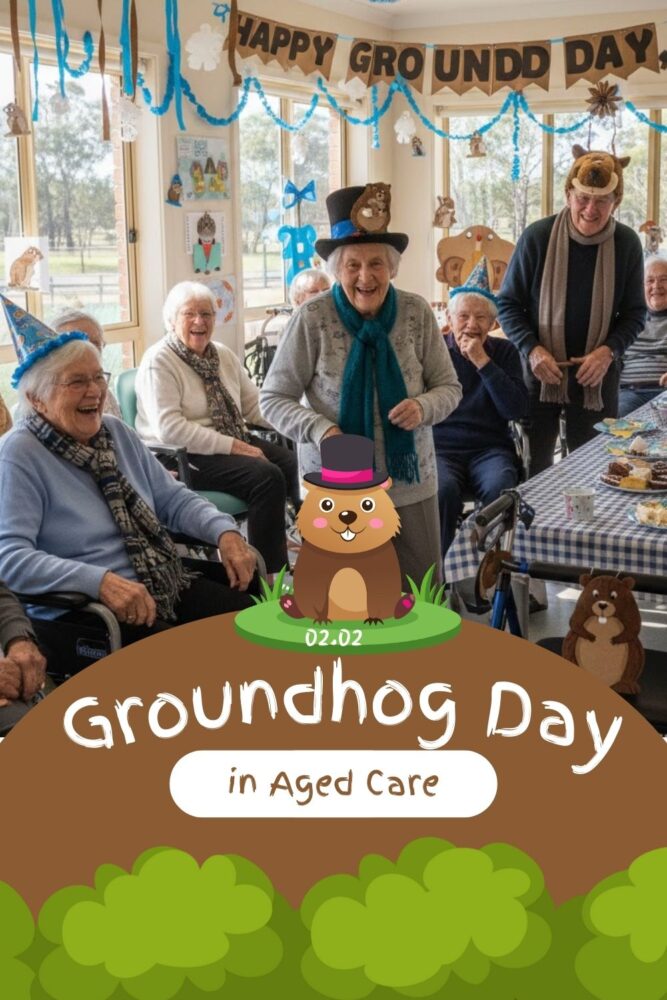As a manager working closely with aged care teams across Australia, the UK, and the US, I’ve witnessed firsthand how rapidly our sector is changing. For those of us in residential and community care, staying informed about policy shifts is more than just helpful — it’s vital to ensuring quality care, meeting compliance standards, and adapting to the evolving expectations of families and governing bodies.
Let’s break down the recent aged care regulatory changes and what they mean for your work.
🦘 Australia: Big Reform Ahead for July 2025
In Australia, the aged care sector is preparing for one of the most significant overhauls we’ve ever seen. These reforms are all about placing choice and control back into the hands of older Australians — and that impacts us on the activity side, too.
What’s changing?
- A New Aged Care Act begins 1 July 2025 – Residents will be allocated their own care places, allowing them to choose providers that suit them best. This consumer-first approach means lifestyle and social programs will become even more important in helping families and residents make decisions.
- Increased Care Minutes – From October 2024, aged care homes must provide 215 minutes of care per resident per day, including 44 minutes from registered nurses. With more staff on the floor, there’s potential for stronger collaboration between clinical and lifestyle teams.
- AN-ACC Funding Boost – More funding is being directed towards day-to-day resident care (now $280.01 per day), opening up opportunities to enhance programs like reminiscence therapy, music sessions, and one-on-one engagement activities.
- Support at Home Program (July 2025) – This streamlined home care model is designed to reduce wait times and improve access to services, which may also increase demand for community-based activities for seniors.

🇬🇧 United Kingdom: Financial Relief and Regulatory Updates
If you’re an activity coordinator working in a UK care setting, the recent social care charging reforms are already making waves.
Key points:
- Lifetime Care Cap of £86,000 – This is a game-changer for residents and their families. With less financial pressure, we often see more interest in participating in optional or premium activities.
- Increased Capital Threshold – With the upper capital limit raised to £100,000, more residents qualify for support, potentially shifting the makeup of your resident base and the types of programs that resonate.
- CQC Regulation Updates (due March 2025) – Care Quality Commission standards are under review, and it’s likely we’ll see more emphasis on resident wellbeing and the quality of life metrics in inspections. That puts our activity planning squarely in the spotlight.
🔗 View the CQC consultation details here.

🇺🇸 United States: Dementia Care and Quality Oversight
Across the US, aged care and long-term care providers are responding to fresh guidance from CMS (Centers for Medicare & Medicaid Services).
What’s new?
- The GUIDE Model for Dementia Care – This innovative new approach encourages holistic, coordinated dementia care at home and in facilities. Activity programs that support cognition, sensory stimulation, and routine will become even more critical.
- Surveyor Guidance Revisions – New CMS rules mean care homes are under tighter scrutiny. Surveyors are now paying closer attention to resident engagement, not just clinical care.
This means programs like life story work, sensory-based activities, and structured group games will not only improve wellbeing — they’ll also support your compliance efforts.
🔗 Explore the CMS GUIDE Model.

What This Means for Activity Coordinators
Whether you’re in Sydney, London, or California — the direction is clear: engagement and quality of life are moving to the center of aged care.
Here’s what I recommend as someone overseeing aged care teams globally:
Advocate for Your Role – With more care staff on the floor, it’s a great time to collaborate across departments and ensure the lifestyle team’s voice is heard.
Document Your Programs – Track how your activities impact mood, behaviour, and social engagement. These metrics are becoming more relevant to funding and audits.
Focus on Personalisation – Residents are increasingly being treated as individuals with choice. Tailored activity plans, life story interviews, and meaningful routines will set your facility apart.

Final Thoughts
These regulatory changes are more than just policies — they’re opening new doors for how we care, connect, and create joy for the seniors we support.
At Memory Lane Therapy, we’re here to help you adapt with resources, toolkits, and ready-to-use activities for seniors that align with these global shifts.
🌐 Browse our full collection of activity resources here.









